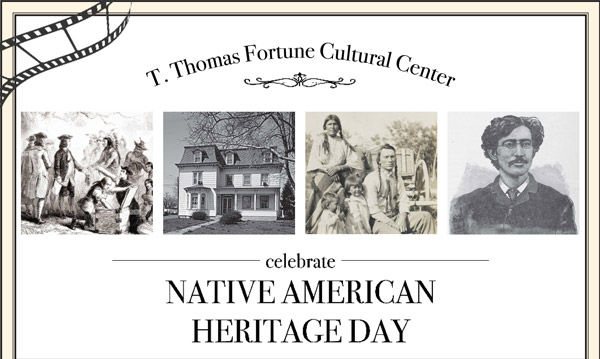By Christopher Benincasa, JerseyArts.com
originally published: 01/17/2018
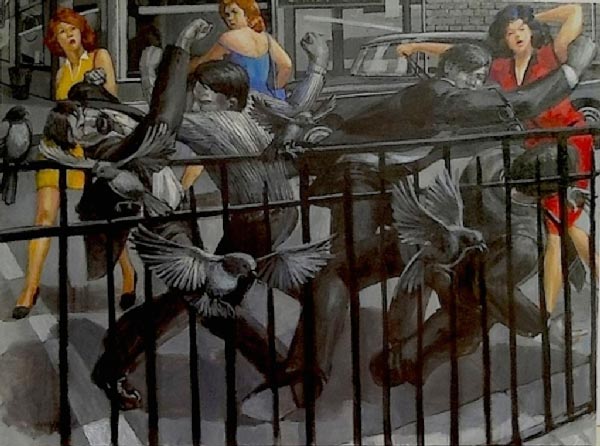
Looking at the paintings of Charles David Viera, one wouldn’t guess that he’s a life-long comic book buff, but a new exhibit he curated for the Arts Council of Princeton is shining a light on the genesis of the medium.
Before the multi-billion dollar movie boom we’re all familiar with, a handful of innovators like Jack Kirby, Stan Lee and Steve Ditko drew up the blueprints for beloved and indelible characters like Captain America, the Fantastic Four, the X-men, the Mighty Thor, the Incredible Hulk and Spider-Man. Nobody could have predicted the longevity of these characters, or the lucrative franchises they would become, but, to Viera, it’s the artists who created them who are the real heroes. And with “Heroes of Comic Art,” he gets to pay his respects.
Viera’s been a working artist for decades, and has taught painting for years at places like the Brooklyn Museum Art School, Parsons School of Design and many, many others. In the early 1970s, he was the studio assistant of preeminent Modernist-Realist painter Phillip Pearlstein, another hero of his. It was Pearlstein who helped him find his way in the art world, and Viera’s previous exhibit for the Arts Council of Princeton was a tribute to him.
We spoke with Viera the day before the opening of “Heroes of Comic Art.”
Culture Vultures: Today, popular culture is totally saturated by these superhero characters – you can’t even keep up with all the comic book-based Hollywood movies out there. It’s big business. So, it might be hard for people to imagine the context of the work you’ve presented here. Can you tell us where these artists were coming from? I mean, people weren’t going to see 3D, IMAX “Avengers” movies back then.
Charles David Viera: Yeah, that’s the amazing part of the story. Back in the 1950s, comic books were really under the gun – there were Congressional hearings regarding juvenile delinquency, and comic books like “Tales from the Crypt” were shut down. Comic books, in general, were having a hard time finding an audience. And so DC Comics decided to try reintroducing some superheroes that they had published in the 1940s – characters like Green Lantern and the Flash. Superman and Batman always had a following, but it wasn’t until the 1950s that superhero comic books made their big comeback.
DC Comics really revitalized the whole superhero thing with the Justice League series, which featured Green Lantern, the Flash, Wonder Woman and Batman. It was a huge success. And Marvel comics had a hit with the Fantastic Four series. Before that, comic books were mostly horror stories, monster stories, romances, westerns – stuff like that. They hadn’t really tapped the superhero thing. And then the superhero thing really caught on, and they became part of the fabric of America. They came to represent the popular ideals of our country. And it really all started with just a handful of artists, and almost all of those artists are featured in this exhibition.
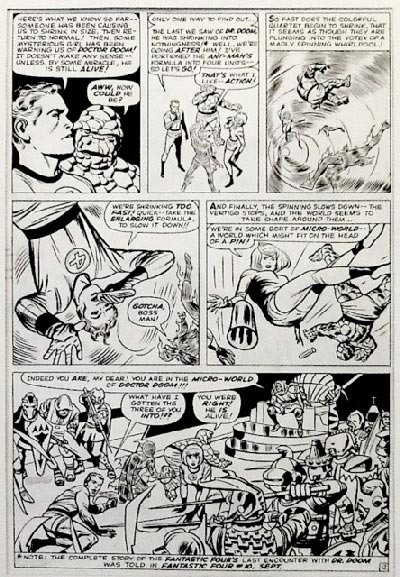
CV: When did you first start collecting this kind of art with a curatorial mindset, or an art historical mindset?
CDV: Well, it didn’t start out that way – that sort of developed over the years. I read this stuff when I was a kid, and so there is a nostalgic aspect to it, but, as a painter, it’s also about technique – it’s about the art. I lost interest in comic books when I was in high school and art school, and then I kind of returned to it with a different eye because I really respected the artists. When I was a kid, it was about the superheroes and the stories – as an adult it was about the art. I mean, the artists in this show are just incredible.
CV: You’re an artist, but not a comic book artist. Where do you see or feel the influence of these artists on your own work?
CDV: Right, I’m more of a fine art painter, although I did have a gig as a comic book colorist in the mid-1990s in New York. I think, for me, it comes down to drawing. Drawing comes before painting, before the color, before anything else – and these guys could just flat-out draw. No hiding behind any other media. Just drawing. It’s minimal. It’s disciplined. I have tremendous respect for that. I have as much respect for Charles Schultz’s renderings of Charlie Brown and Snoopy as I do for Edvard Munch’s “The Scream.” One hangs on the wall of a museum, one is published regularly in thousands of newspapers.
CV: That’s a really interesting perspective – a sort of flattening of the fine art/popular art landscape.
CDV: I’ve been thinking about this lately because I’ve been doing interviews for the lead up to this show. I mean, what makes someone an artist? Their impact on culture? On society? The superhero genre as we know it came out of the post-World War II era, and our new-found heroic identity, which continues to influence how our country approaches everything. It’s not an exaggeration to say that we see ourselves as a superhero country.
So, were these comic book artists contributing to that, or was their art a symptom of that? It’s hard to decipher. During World War II, Jack Kirby’s Captain America was fighting Nazis. At the very least, that was a reflection of what was going on in the minds of Americans at that time, and that’s the kind of art that makes up art history. Picasso’s art was in museums, Jack Kirby’s art was in countless households, in people’s hands. Where do you draw the line between high and low? It’s debatable.
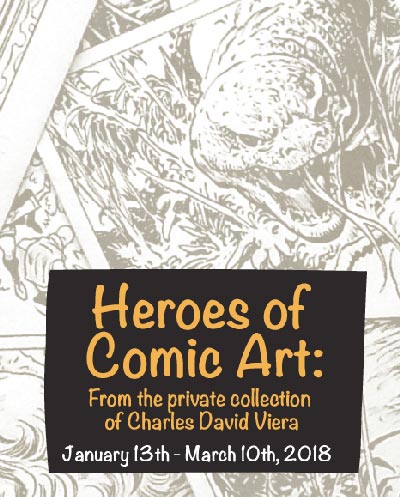
CV: Another art hero of yours is the painter Phillip Pearlstein. He was a mentor of yours. Could you talk about him a little? What did you learn by working as his studio assistant?
CDV: I was raised in Massachusetts, and, back then, where I was from, if you could draw a picture of a whaling boat you were a good artist. I didn’t learn about the world of fine art – the art world – until I went to college. When I went to New York for grad school and got to work with Pearlstein, it really changed my perspective. He really helped me think in art historical terms – to step up to and have a dialogue with art history, and other prominent artists. To see my work as an extension of the work of artists I respected, and to see myself as connected to it all – as part of a much bigger picture.
CV: An exhibit of your work is running parallel to this one in another gallery in the same building. It’s called “Narrative Painting.” Are there connections between the two exhibits?
CDV: It didn’t start out that way, but it ended up being that way. Originally, we had just planned on doing an exhibit of my work. It was totally circumstantial that, at the same time, the Arts Council was looking for a show for another one of their galleries, and that I had this collection of this really great comic book art ready to go.
CV: Any other heroes of yours that you’d like people to know about?
CDV: Well, my personal politics aside, I can say that I really miss Barack Obama – not necessarily because of his politics, but because of his character, and how he represented our country. I seems like it was so long ago that we were a kinder and gentler nation, but it’s only been a year.
Heroes of Comic Art
January 13 – March 10
Gallery Talk: Saturday, January 20, 1 PM
Narrative Paintings
January 3 – February 3
A special class, Narrative Painting: Make a Statement, is being offered starting 1/22.
The Arts Council of Princeton is located at 102 Witherspoon Street, Princeton, NJ, 08542.
About the author: Christopher Benincasa is an Emmy Award-winning arts and culture journalist. He produced content for NJ PBS for a decade before co-founding PCK Media. Christopher currently works as a freelance producer, video editor, writer, and communications specialist for a diverse set of commercial, non-profit, and government clients. His work has been featured on various PBS stations, and in American Abstract Artists Journal, The Structurist, Paterson Literary Review, and JerseyArts.com.
Content provided by
Discover Jersey Arts, a project of the ArtPride New Jersey Foundation and New Jersey State Council on the Arts.
FEATURED EVENTS
Narrow results by date, categories, or region of New Jersey.
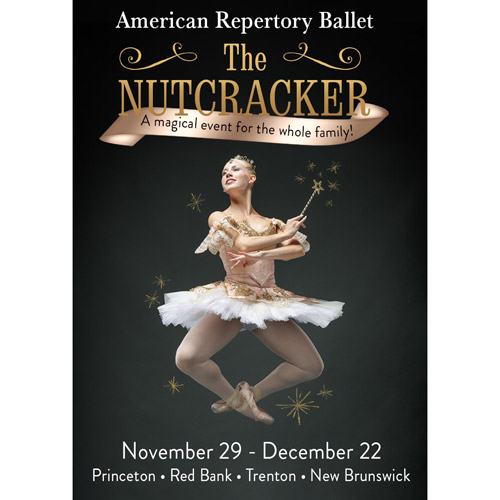
American Repertory Ballet's THE NUTCRACKER
Friday, November 29, 2024 @ 7:00pm
McCarter Theatre Center
91 University Place, Princeton, NJ 08540
category: dance
View event page for full information

American Repertory Ballet's THE NUTCRACKER
Friday, November 29, 2024 @ 2:00pm
McCarter Theatre Center
91 University Place, Princeton, NJ 08540
category: dance
View event page for full information
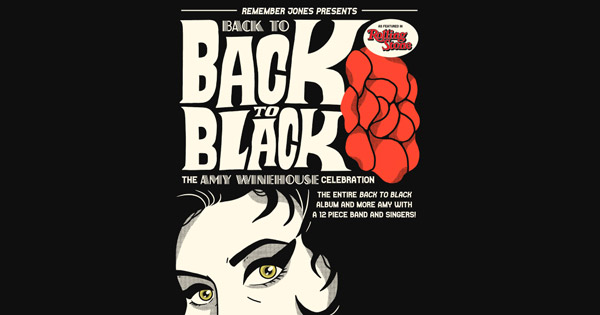
Remember Jones Presents back to BACK TO BLACK: the Amy Winehouse Celebration
Friday, November 29, 2024 @ 7:30pm
The Vogel
99 Monmouth Street, Red Bank, NJ 07701
category: music
View event page for full information
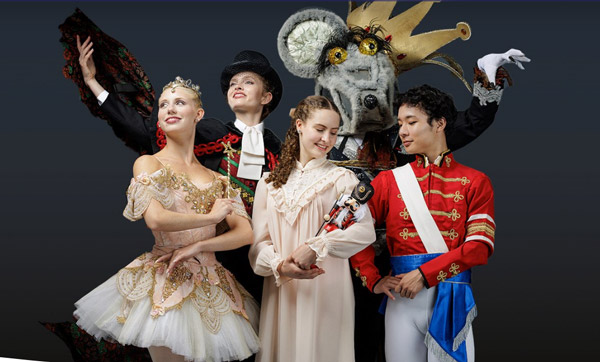
American Repertory Ballet Presents "The Nutcracker"
Friday, November 29, 2024 @ 7:00pm
McCarter Theatre Center (Matthews Theatre)
91 University Place, Princeton, NJ 08540
category: dance
View event page for full information

American Repertory Ballet Presents "The Nutcracker"
Friday, November 29, 2024 @ 2:00pm
McCarter Theatre Center (Matthews Theatre)
91 University Place, Princeton, NJ 08540
category: dance
View event page for full information
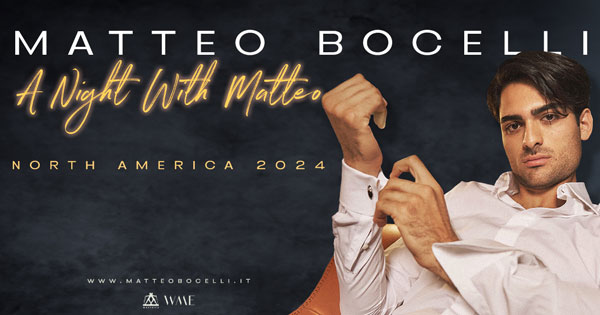
Matteo Bocelli – A Night with Matteo
Friday, November 29, 2024 @ 8:00pm
Count Basie Center for the Arts
99 Monmouth Street, Red Bank, NJ 07701
category: music
View event page for full information
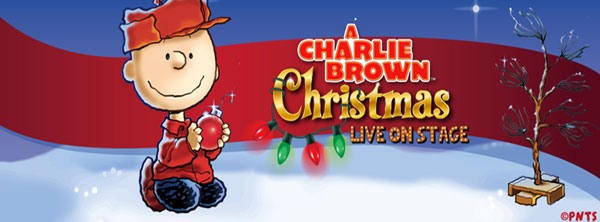
A Charlie Brown Christmas: Live on Stage
Friday, November 29, 2024 @ 5:00pm
Mayo Performing Arts Center (MPAC)
100 South Street, Morristown, NJ 07960
category: kids
View event page for full information

A Charlie Brown Christmas: Live on Stage
Friday, November 29, 2024 @ 2:00pm
Mayo Performing Arts Center (MPAC)
100 South Street, Morristown, NJ 07960
category: kids
View event page for full information

Anthony Rodia
Friday, November 29, 2024 @ 8:00pm
Bergen Performing Arts Center (bergenPAC)
30 North Van Brunt Street, Englewood, NJ 07631
category: comedy
View event page for full information
More events
Event Listings are available for $10 and included with our banner ad packages
EVENT PREVIEWS

Mile Square Theatre presents the World Premiere of "The Christmas Show Must Go On"
(HOBOKEN, NJ) -- Mile Square Theatre presents the World Premiere of The Christmas Show Must Go On by Pia Wilson from November 29 through December 15, 2024. This is a new classic tale for Christmas! The fairies in the Christmas Realm have been losing their power and the Christmas ghosts may all be leaving the realm to become Halloween ghosts. Can the Christmas Fairy welcome humans to the show for the first time ever, stop the ghosts from defecting, and make the annual Christmas Show happen?
UPCOMING EVENTS
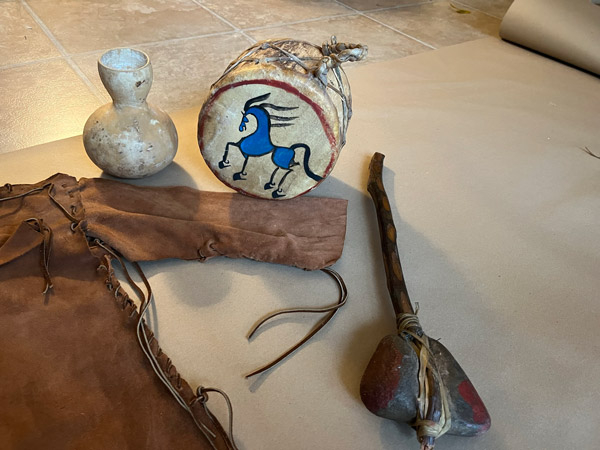
South Jersey's Indigenous Communities Celebrated in New A.C. Arts Garage Exhibit
(ATLANTIC CITY, NJ) -- A new exhibit at the Noyes Arts Garage of Stockton University will celebrate two southern New Jersey tribal communities through the display of historical documents, traditional artifacts and contemporary art. "Still Here: The Nanticoke Lenni-Lenape and Powhatan-Renape Nations of Southern New Jersey" opens October 9 and runs until January 5, 2025.













